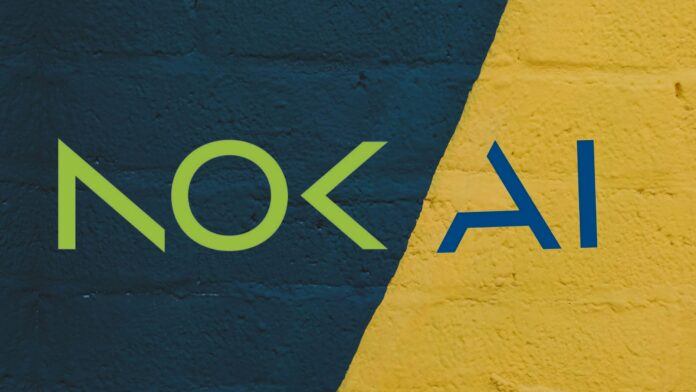Nokia has launched a first-of-its-kind suite of telco-trained AI models and tools, built with Google Cloud, to enable agentic automation across domains. In parallel, the firm is opening its network-as-code platform to developers in partnership with Telstra, in a dual push to drive network efficiencies and value.
In sum – what to know:
Full automation, at some point – new network autonomy product from Nokia is pitched as a step to full automation; it bundles telco-tuned AI and LLMs, with observability and explainability (!), on Google Cloud infrastructure.
Agentic operations; a model – joint efforts with Google Cloud at a “major” Euro telco promise “agentic-driven” operations and actionable intelligence, and new developer environment and model for telcos.
Network access, for new innovation – separately, Australia-based Telstra will provide developers lab access to live APIs via Nokia’s network-as-code platform to co-create apps for enterprise use cases.
Nokia has introduced a bunch of telco-trained AI models and apps to drive coordinated automation across “every network domain”. They are bundled with “integrated” security, plus a management system offering observability, analytics, and explainability. The Finnish outfit has a deal with Google Cloud to host the service in the cloud, at the edge, or in hybrid versions of both. It is the “industry’s first” domain-specific AI “suite”, it said.
The service, called Autonomous Networks Fabric, works with cellular core networks from any vendor. It features a library of “cross-domain correlated data products”, plus telco-trained large-language and large-action models (LLMs/LAMs), and machine learning applications. The proposition is tied in with Google Cloud’s generative AI and machine learning tools, including its Vertex AI platform and BigQuery SQL interface.
These deliver “agentic-driven workflows for network operations”, the pair said. Nokia suggested the package features enough to “accelerate the [telco] journey to full network automation”. Nokia and Google Cloud are working with an unnamed (“major”) European operator to combine Nokia’s network and automation products with Google’s AI and cloud services – to generate a developer environment based on Nokia’s core network running on Google’s cloud.
Kal De, senior vice president of product and engineering in Nokia’s cloud and network services team, said: “In an era of increasingly complex and vulnerable networks, customers are eager for fully autonomous networks, which depend on good data. There is no good AI without good data. [This automation suite] lays the foundation and applies deep network expertise and agentic AI-optimized workflows together with Google Cloud to accelerate customer outcomes.”
Muninder Singh Sambi, vice president and general manager for networking and security at Google Cloud, said: “This is another step… to strengthen network reliability, proactively detect and resolve network issues, and turn data into value for predictable and high-performing networks. [It] taps Nokia’s deep telecom domain knowledge [and our] AI tools to provide operators with a comprehensive approach for accelerating network automation.”
Meanwhile, Nokia has announced a deal with Australian operator Telstra to give developers secure access to network APIs to help build applications for new use cases for enterprises and industries. Telstra’s innovation labs, branded ‘muru-D Labs’, will provide lab access to a “select mix” of live and simulated APIs on Nokia’s ‘network-as-code’ (Network as Code) platform for developers to test and deploy new apps on Telstra’s network.
The collaboration targets industry use cases – “such as managing network traffic during large events, improving network observability, and prioritising critical services” – that leverage CAMARA and GSMA Open Gateway APIs. It will also look at fixed network use cases, where the developer platform consumes APIs from Nokia’s service orchestration software already deployed in Telstra. The pair will host a hackathon later this year.
Telstra, like other telcos, is looking to “productise” new 5G SA network capabilities, under a ‘network-as-a-product’ strategy, and to open up new business models along the way. Nokia has 50-odd ‘partners’ using its network coding and API suite, which seeks to connect multiple API ecosystems. Partners include operators, hyperscalers, integrators, and others.
Kim Krogh Andersen, group executive for product and technology at Telstra, said: “We’re radically innovating at the core of our business… [This] is another way we are testing and learning how the power of the network can unlock new value in the tech ecosystem. By giving access to advanced capabilities through network APIs, we’re enabling developers to create smarter, more responsive applications for enterprises.”
Shkumbin Hamiti, vice president and head of network monetization in Nokia’s cloud and network services division, said: “Our collaboration will deepen Telstra’s network integration into developer ecosystems and provide developers with greater choice, flexibility, and security in creating new applications. As more developers explore network APIs, their feedback will shape the next generation of services, and we are excited to work alongside Telstra to drive this.”

